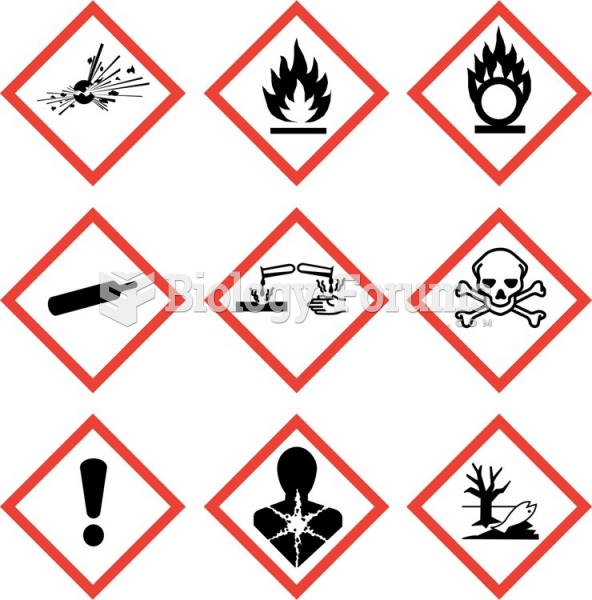|
|
|
Hippocrates noted that blood separates into four differently colored liquids when removed from the body and examined: a pure red liquid mixed with white liquid material with a yellow-colored froth at the top and a black substance that settles underneath; he named these the four humors (for blood, phlegm, yellow bile, and black bile).
The most common treatment options for addiction include psychotherapy, support groups, and individual counseling.
Multiple experimental evidences have confirmed that at the molecular level, cancer is caused by lesions in cellular DNA.
During pregnancy, a woman is more likely to experience bleeding gums and nosebleeds caused by hormonal changes that increase blood flow to the mouth and nose.
The human body produces and destroys 15 million blood cells every second.
 A fuel system tester connected in series in the fuel system so all of the fuel used flows through ...
A fuel system tester connected in series in the fuel system so all of the fuel used flows through ...
 Some vehicles will display a message if an evaporative control system leak is detected that could ...
Some vehicles will display a message if an evaporative control system leak is detected that could ...





